Water makes up a significant portion of the human body. It comprises over 60% of our total body mass, including 83% of our lungs and 64% of our skin.
Water is crucial for numerous bodily functions, from regulating temperature to transporting nutrients. This high water content in our bodies underscores the importance of proper hydration.
Hydration Trends: Social Media’s Influence
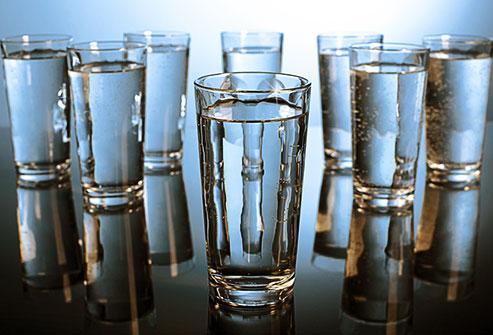
Recent social media trends have popularized increased water consumption. Platforms like TikTok have seen challenges promoting gallon-a-day water intake.
While these trends can promote healthy habits, it’s important to understand individual hydration needs. The popularity of branded water bottles has also contributed to this hydration-focused culture.
Daily Water Needs: Beyond 8×8 Rule
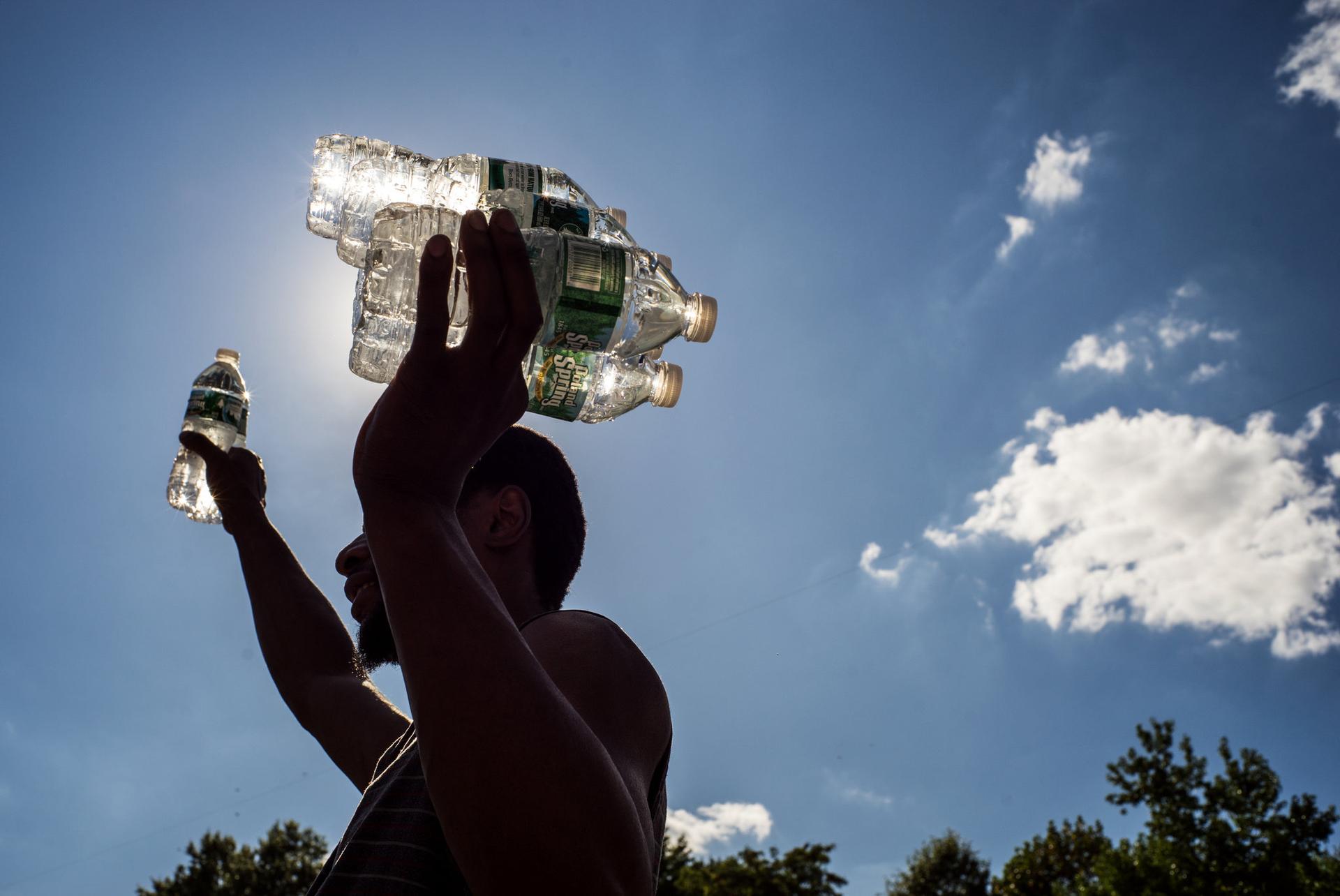
The traditional 8×8 rule (eight 8-ounce glasses daily) is no longer the definitive guideline. Current recommendations from the National Academy of Science, Engineering and Medicine suggest about 125 ounces for men and 91 ounces for women daily.
These recommendations account for water intake from both beverages and food. Individual needs may vary based on factors like climate, activity level, and health conditions.
Hydration Sources: Not Just Water
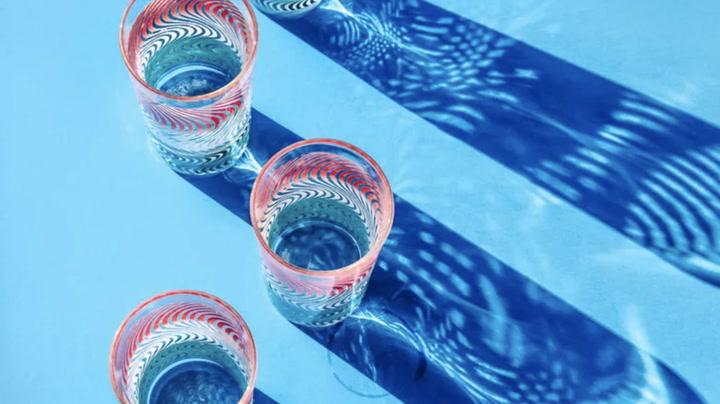
Water intake isn’t limited to drinking plain water. Many foods, especially fruits and vegetables, contribute significantly to daily water intake.
Foods like watermelon and cucumber have high water content, over 90%. Considering these sources, many people may already be meeting or exceeding their daily water needs without realizing it.
Dehydration Risks: Health Implications Explained
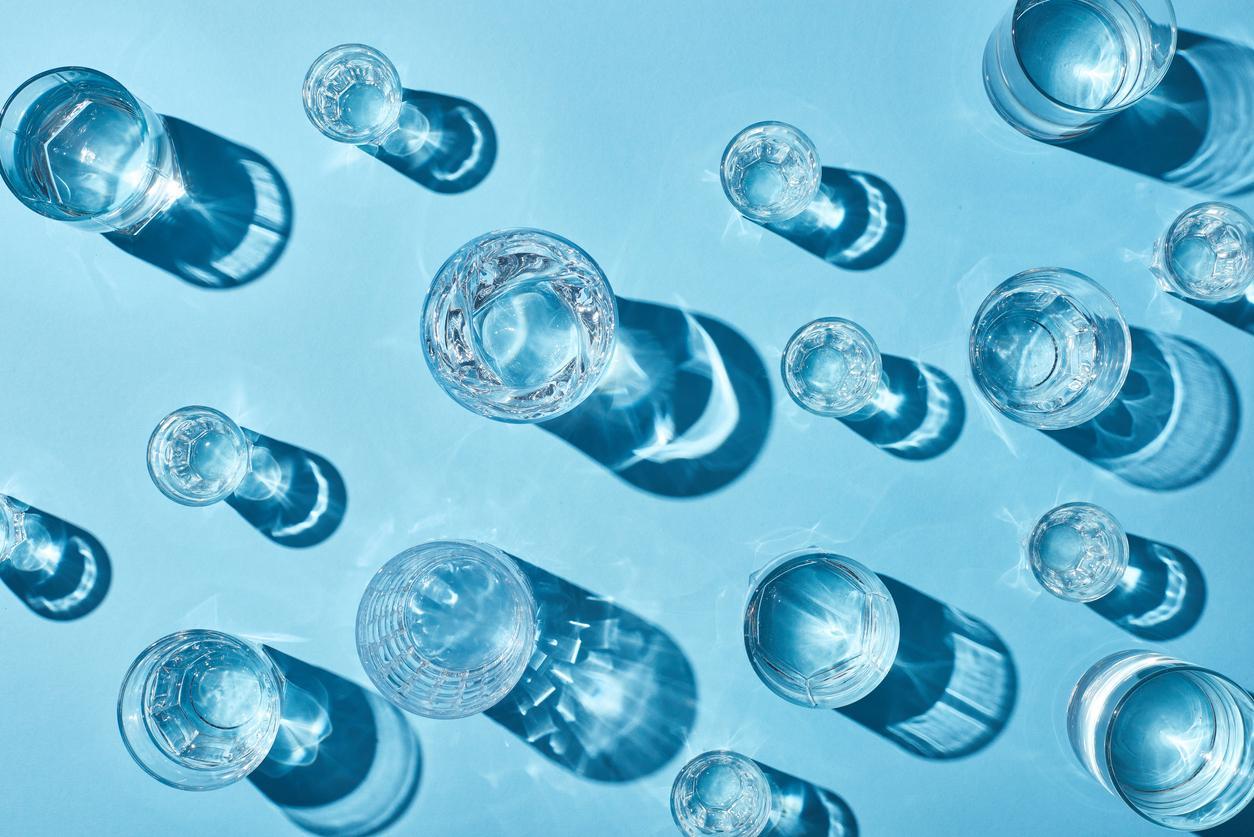
Dehydration can have serious health consequences. The human body can survive weeks without food but only days without water.
Symptoms of dehydration include headaches, dizziness, and confusion. Chronic dehydration can lead to more severe issues like kidney stones and urinary tract infections.
Overhydration: Rare But Possible Danger
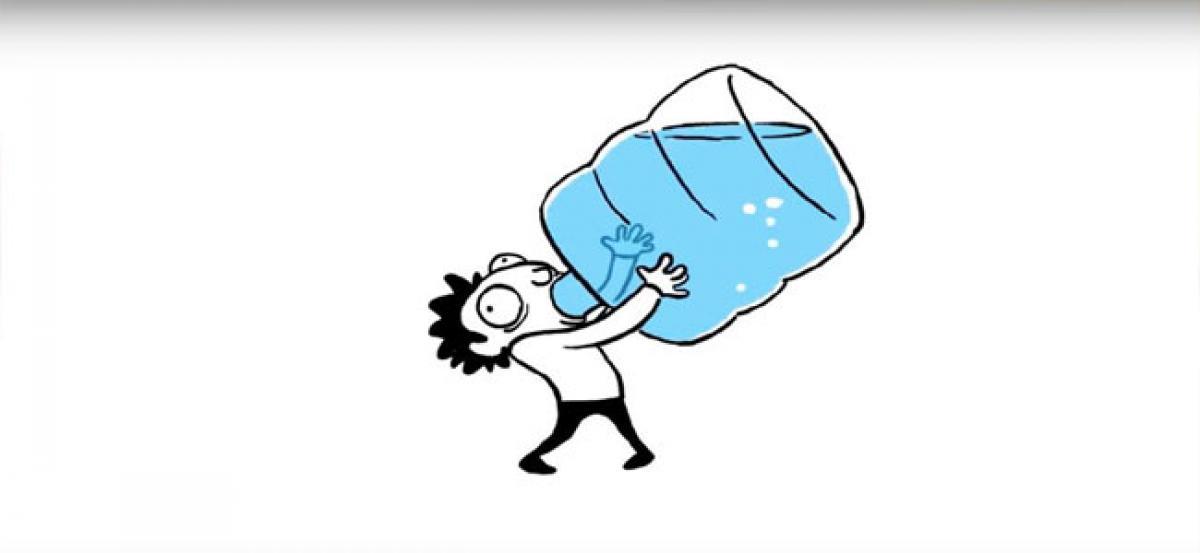
While uncommon, drinking excessive water can lead to hyponatremia. This condition occurs when blood sodium levels become dangerously diluted.
It’s more likely in individuals with certain health conditions or high-level athletes who don’t replace electrolytes. Symptoms can include nausea, headache, and in severe cases, brain swelling.
Urine Color: Key Indicator of Hydration
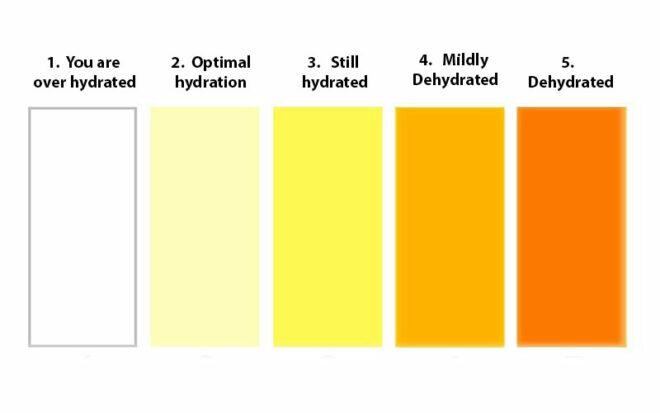
Urine color is a reliable indicator of hydration status. Pale yellow or clear urine generally indicates good hydration.
Dark yellow or amber-colored urine suggests dehydration. This simple self-check can help individuals monitor their hydration levels throughout the day.
Personalized Hydration: Factors Affecting Needs

Hydration needs vary based on individual factors. Age, sex, activity level, climate, and health conditions all influence water requirements.
Pregnant and breastfeeding women typically need more water. Athletes and those living in hot climates may also require increased intake.
Gradual Hydration Increase: Recommended Approach
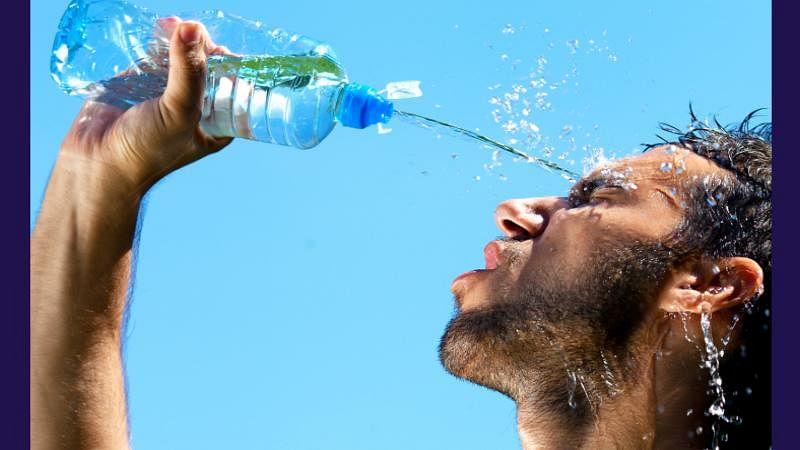
Experts recommend a gradual approach to increasing water intake. A common starting point is drinking half your body weight in ounces.
Increasing intake by 8-10 ounces weekly allows the body to adjust comfortably. This method helps prevent feeling waterlogged and promotes sustainable habit formation.
Hydration Strategies: Tips for Success
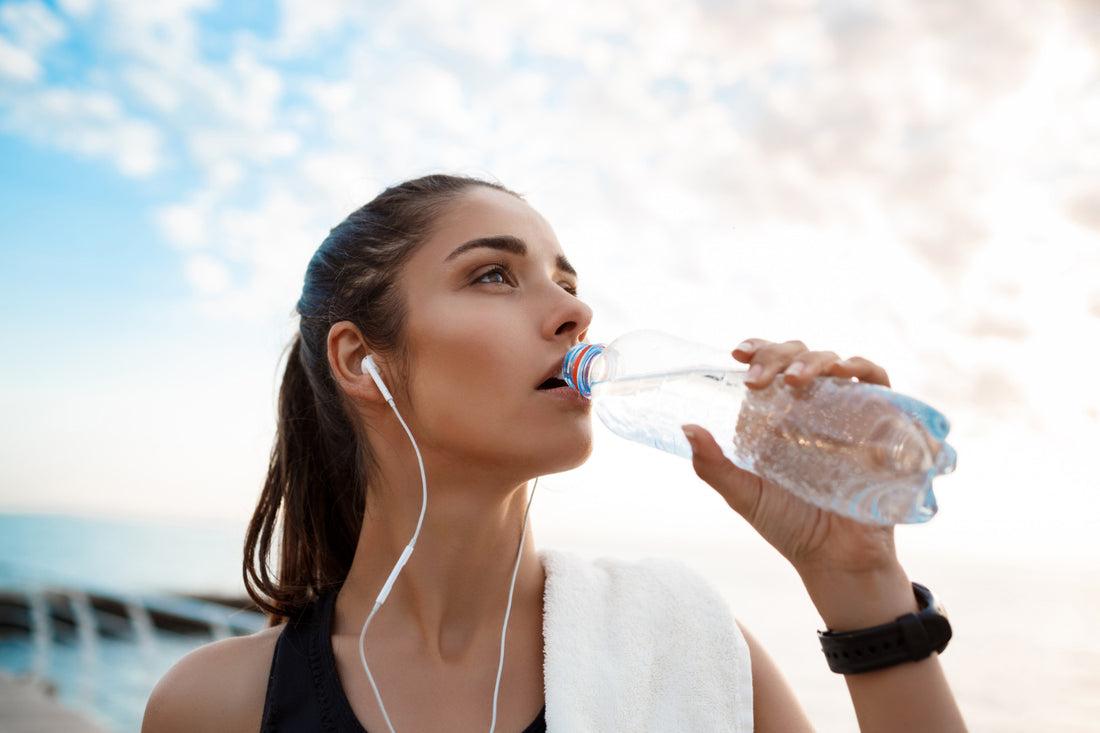
Various strategies can help individuals meet their hydration goals. Using smaller water bottles, adding fruit for flavor, and setting mini-goals throughout the day can be effective.
Some people find drinking cold water more appealing. These tactics can make increased water consumption more manageable and enjoyable.


